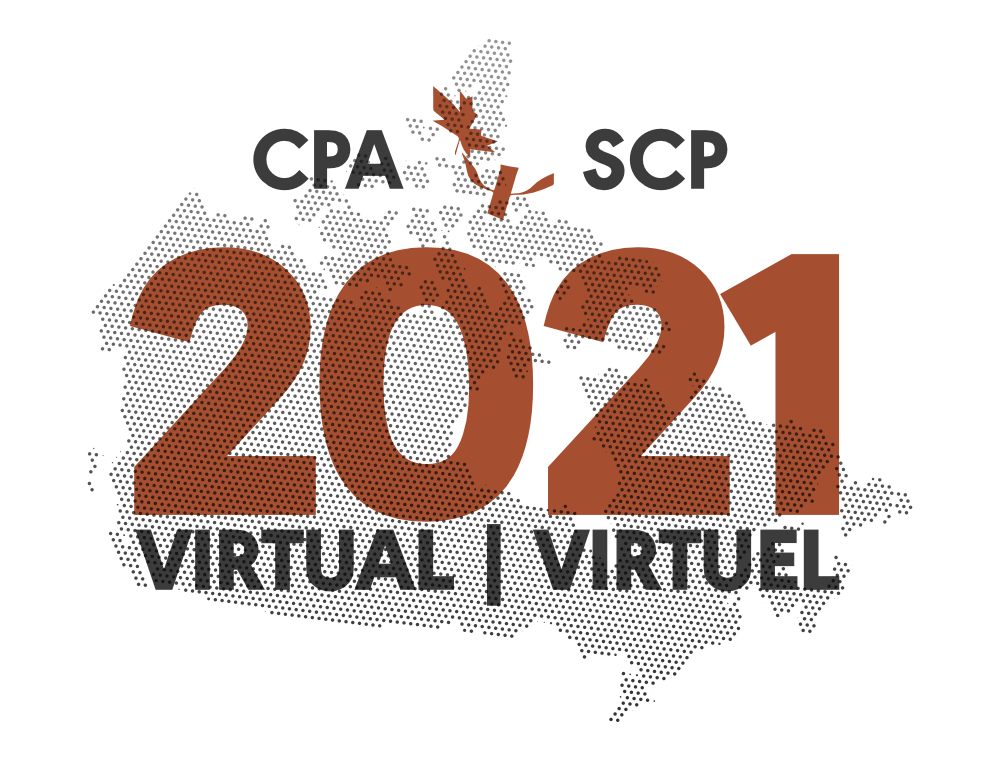PCW #2 - Prediction statistics for psychological assessment (61557)
June 4, 2021 14:00 - 17:00 Part I- June 5, 2021 14:00 - 17:00 Part II
Virtual Event

|
Prediction statistics for psychological assessment (61557) |
|
|
Presented by: |
Dr. R. Karl Hanson |
|
Sponsored by: |
|
|
Continuing Education Credits: |
6 CE Credits (Two three-hour sessions) |
|
Language: |
English |
|
Cost: |
|
|
Duration: |
6 Hours |
|
Target Audience: |
Individuals who use, or are considering using, risk assessment tools in their applied practice. |
|
Skill/Difficulty Level: |
Intermediate |
|
Workshop Description: This workshop provides training on the statistics used to evaluate actuarial risk prediction tools. These tools specify a set of risk factors (static or dynamic), combine them using an explicit method, and estimate rates of the outcome. The focus will be on the type of risk prediction tools now commonly used in corrections and forensic mental health. The content would also directly apply to prediction tools in other domains, such as mental health (suicide), education (school completion), and child welfare. This workshop is primarily intended for individuals who use, or are considering using, risk assessment tools in their applied practice. Only basic knowledge of statistics is presumed (e.g., means, SD). Participants will learn the basic concepts required to evaluate risk tools, including the distinction between diagnostic and prognostic statistics, discrimination, and calibration. Most of the workshop will involve working through a series of exercises that demonstrate the strengths and weaknesses of specific evaluation methods, such as the fourfold table, AUC's, Cohen's d, the E/O index, logistic regression, and calibration plots. Bring a calculator. Please note that this workshop is presented in 2 parts. June 4, 2021, 14:00 - 17:00 Part I and June 5, 2021, 14:00 - 17:00 Part II. learners must register for and attend both parts of the course to receive credit |
|
|
Learning Outcomes:
|
|
